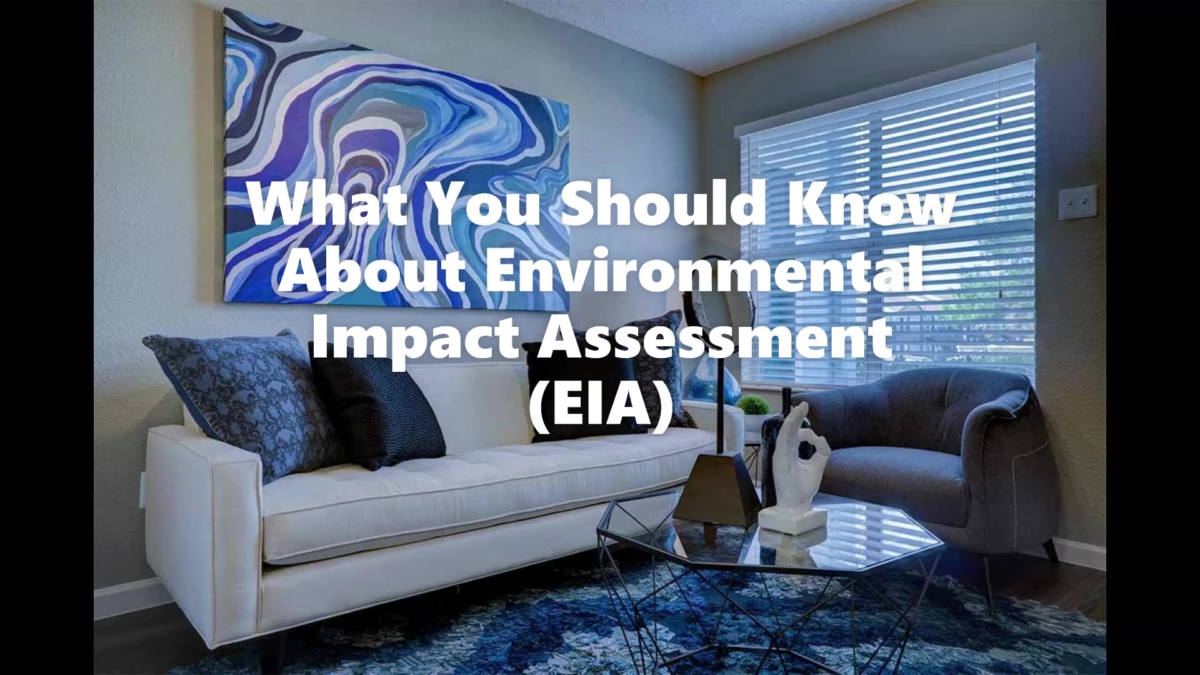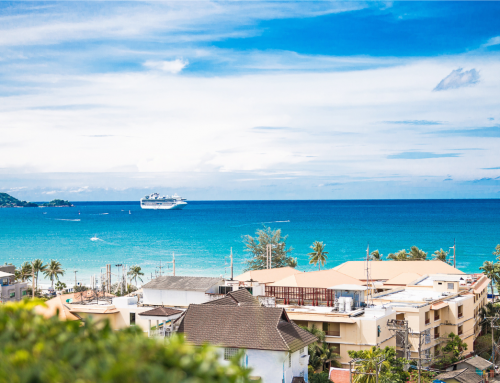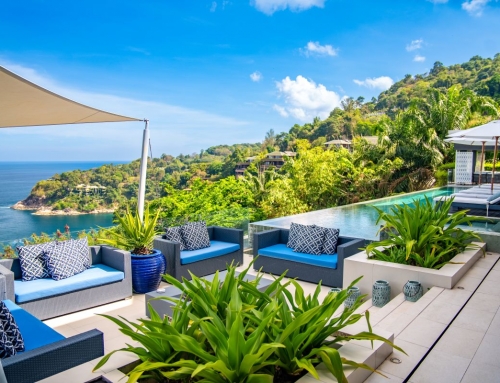Most countries have a law on the books to ensure that, before any type of construction or development takes place, an impact study is done to determine whether or not that project would have any lasting and detrimental consequences for the surrounding area.
In Thailand it is called an Environmental Impact Assessment, or EIA, and the legislation came into force in 1981.
An EIA provides the guidelines which every developer must follow to make sure that their project will be economically beneficial for Thailand, will make efficient use of resources, and that will be in the long-term best interests of the Kingdom.
Of course the EIA also determines if a proposed development would have any potentially negative repercussions on the environment.
Developers do like to mention that they have been given EIA approval. This is especially true if the developer is selling off-plan, and the land is still covered in rocks, trees or even weeds.
EIA approval is certainly important for a developer, but it is only indicative that the project is green lighted to proceed. If a project fails to remain in compliance, EIA approval can be rescinded
The assessment may have an expansive scope, taking in ground pollution, noise pollution, air quality, treatment and removal of waste water, and its impact on the surrounding environment (including how neighbours may be affected and if the project is acceptable from a visual perspective).
Put another way, EIA works to ensure the environment is protected, not only during construction, but for years to follow. It also there to assess whether the Thai people in that area will benefit from the development.
Most developments are required to seek EIA approval. It does depend on the size of the development, and does not apply to all projects. Furthermore, there is not guarantee EIA approval will be received.
Projects are only given a go-ahead if they are in compliance with the requisite regulations. This means throughout the entire process, not just at the time of application. Sadly, approval can change literally like a change in the weather.
If a condominium is being built for maximum views atop a hill, unusually heavy rains could bring about run off of the soil. This could result in a change in the environmental assessment. If it is possible to change design to comply with the regulations, it may still be possible to complete the project. If not, it may be forced to be abandoned.
If a project is cancelled, investors might struggle to get their money back (at least quickly). A developer may not be responsible, and they may be powerless to help.
If development is brought to a halt by a regulatory decree or decree of a ministry, a developer who has received the administrative order may claim for compensation with the government. Buyers who have committed money to the project may then file their own claim – this time against the developer. While they may see receive compensation, they may also still be waiting until beyond the time they were meant to move into their new home.
In December 2018, some developers in Phuket got an unwelcome surprise from one such change in regulation. The authorities determined that there should no longer be any development allowed on a slope/gradient of more than 35%. (There was an exception made for single houses or single-detached houses which do not exceed 6 meters in height.)
Any company not already in possession of a building permit were not allowed to continue with their development. This meant that some “early birds” (those investors who had bought units off-plan in the very early days) were left out of pocket.
It is safe to say that developers who are interested in safeguarding the environment are acting in everyone’s best interests. While not a common occurrence, sometimes their best efforts can be devastated by a new EIA assessment.
But whether the foundations have yet to be laid or the whole development is finished, a developer may be forced to abandon their project.
Summary
Most people agree that attempting to safeguard the environment during construction is a net positive for everyone, and while it is incredibly rare, a project could be abandoned because of changing EIA assessments, whether the entire structure is finished, or the first brick has yet to be laid.
This is an excerpt from the Thai Residential Phuket Property Guide 2019/20. To download your free copy, please click here.
Please see some of our other real estate related articles:
The Pitfalls of Buying a Condominium Leasehold Unit
Condominiums Explained – What is a Condominium?
The Things All Phuket Condominium Investors Should Know About the Condominium Act
Owning a Freehold Condominium through an Offshore Company
Owning a Freehold Hotel-Licensed Condominium in Thailand
What Exactly is a Leasehold in Thailand?
Owning a Freehold Condominium through an Offshore Company
China’s Spending Spree on Phuket Real Estate
Reasons to Invest in Phuket Property for New and Experienced Investors
An Overview on Phuket Property Prices
Buying Freehold Villas or Houses in the Name of a Thai Spouse





Social Contact